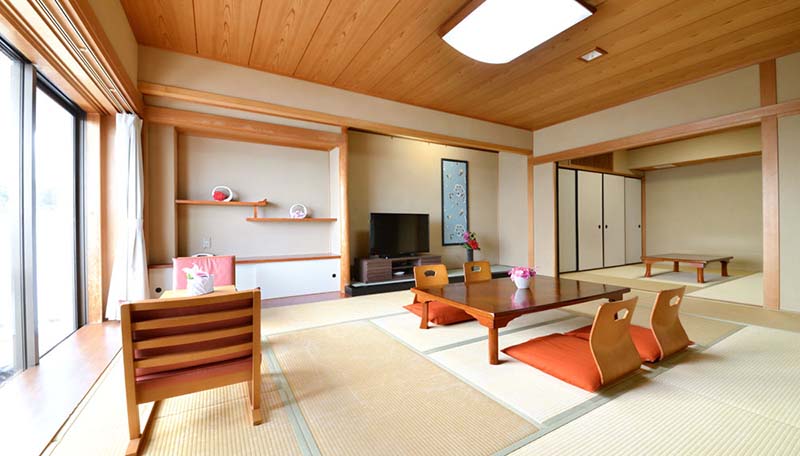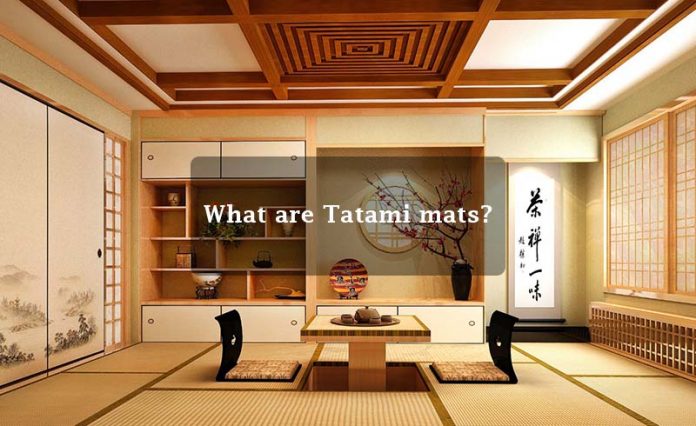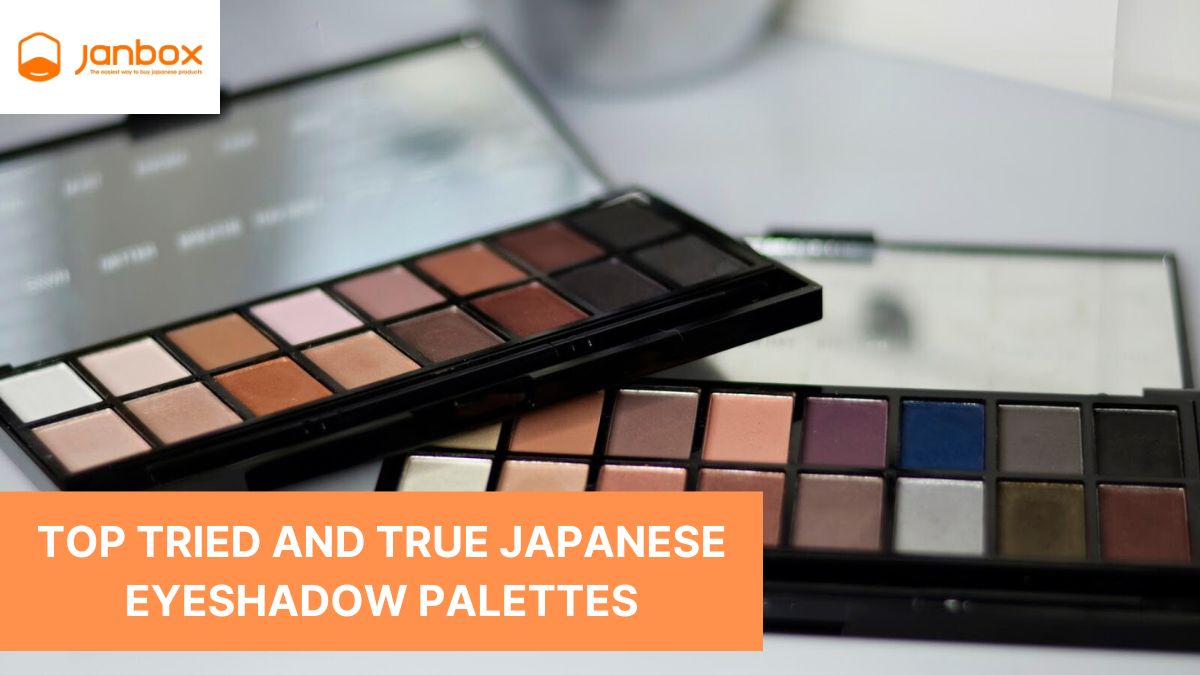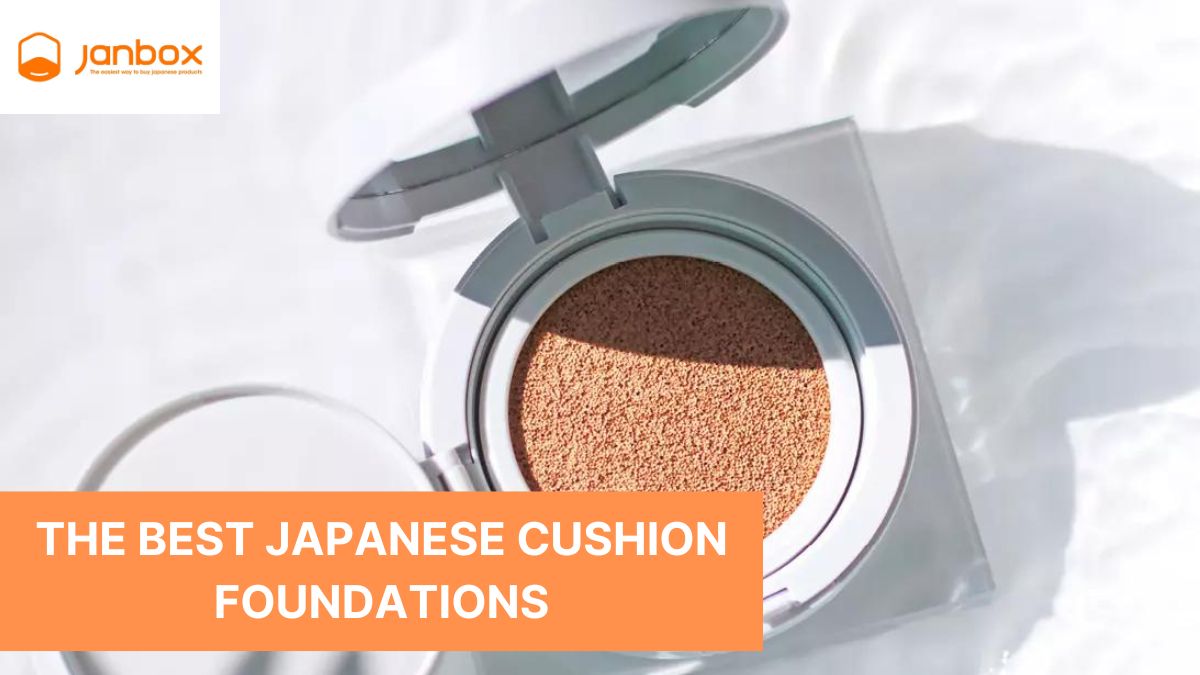Tatami mats are a type of traditional mats found in Japanese homes. Tatami mats create a feeling of softness and coolness in the summer and warmth in the winter. Let’s find out about Japanese tatami mats with Janbox now!
What are tatami mats?
What are Tatami mats? Tatami is a type of traditional Japanese mat, which can be folded, and used to cover the floor. In Japanese, “Tatami” (畳) is derived from the verb “Tatamu” which means “to fold”, and is used to refer to thin objects used for lining, spreading, or folding.
Tatami mats made by the Japanese from tightly woven dry straw fibers were first introduced in 712. In the Heian period, wooden floors were very popular, when tatami mats were used as sitting mats to express themselves as an aristocratic class.

In the Muromachi period, with the convenience of this type of mat, the Japanese began to make larger tatami sheets that they then glued together to be able to spread throughout the room. Rooms with tatami floors are called zashiki (座敷) which literally means “room to sit”. The code of conduct when sitting on a tatami mat was also spread from here.
Tatami mats developed widely among all classes starting in the 17th century (Edo period). During this period, a room covered entirely with tatami was considered a typical Japanese-style room, 和室 (washitsu). However, nowadays with the modern rhythm of life, tatami mats have gradually disappeared from modern Japanese homes, but in Japanese culture, tatami mats are still unforgettable memories.
How are Tatami Mats Made?
Tatami mats are made from sedge and cloth. The sedge threads are woven together, and cloth is used to wrap the edges of the sedge. Kumamoto, Hiroshima, Okayama, Fukuoka, and Kouchi are famous places for growing Tatami which is sedge fiber, or Igusa (イグサ) in Japanese. Normally, to create a Tatami mat, 4,000 – 7,000 sedge fibers are used. Machine weaving takes about an hour and a half.

Size of tatami mats
About the size of tatami mats, the standard size of a Japanese tatami is 2:1 (length twice the width) with a base size of 955mm x 1910mm, 55mm thick by Kyoto standards, and also known as Kyouma Tatami.
However, some parts of Japan have different sizes such as the Nagoya area which is 910mm x 1820mm and is called ainoma tatami, while in Tokyo it is 880mm x 1760mm and is called Edoma or Kantouma tatami.
In addition to the rectangular tatami, there are 1:1 squares called Hanjou and 3:2 tatami styles commonly used in tea rooms called daimedatami.
Tatami Mats layout
A Tatami mat consists of 3 parts: the core, the cover, and the edge.

– The core of the traditional Tatami mat with a thickness of about 5cm is made by the Japanese made of dry straw pressed tightly together, the outer layer is made of Igusa grass to create a smooth and elastic feeling. However, nowadays it is replaced by artificial plywood, styrofoam, etc, which are lighter and cleaner.
– The mat is quite thin, woven by the Japanese from Igusa grass or sedge wrapped around the core of the mat. The cover can be used on both sides and can be replaced when it gets old. The lifespan of a passport is 3-5 years.
– Tatami border is used to connect 2 parts: mat core and mat cover together, made from cotton, linen, silk, etc. To increase aesthetics, the Japanese also dyed colors (mainly green). and print patterns to create a distinct beauty for the room.
How to Take Care of a Tatami Mats?
Over time, any item will be dusty. The same goes for tatami mats. Therefore, you need to clean it properly to make the projector newer and more durable.
– Cleaning in the direction of the mat’s fiber: clean the mat surface in a horizontal line from one side to the other.
– Do not use chemicals and wet wipes to clean the mat because the wet wipes are impregnated with chemicals.
– Do not use water or a towel that is too wet to clean because it will cause the mat to be moldy.
– Clean the mats at least once a week to keep them looking new.

You can use a vacuum cleaner in the suction mode for the mat and also go in the direction of the projection from one side of the mat to the other. Absolutely do not go in the other direction will damage the mat.
- Tatami mats are diverse in materials, with different materials, the cleaning method is also different.
- Cleaning Tatami mats with the natural surface (uzu and igusa): Use a dry cloth to wipe the mat and wipe it from side to side of the mat. In case the mat has stains such as food, you can use a towel dipped in very dry squeezed water to gently rub the stain. Then wipe with a dry cloth.
- Washi paper mat cleaning: Cleaning the mat surface is the same as above. Especially the mat is waterproof up to 95%. Therefore, you are completely assured when using a wet cloth to wipe without fear of mold.
- Cleaning the Hybrid plastic mat surface: Cleaning the mat surface is the same as above. Proceed to wipe the mat lengthwise to help clean dirt, and stains without damaging the mat structure, or breaking the mat. A special feature of this mat is that it can be washed with water because the surface is 100% waterproof. However, you must not use chemicals to clean the mat.
Tatami mat usage tips
Regarding how to install tatami mats, in Japanese culture, Tatami will be spread in two ways, that is the Shyugi Shiki way and the Fushyugi Shiki way.

- Shyugi Shiki is a common way of spreading Tatami mats for houses in Japan. This Tatami mat flooring is done by aligning the mat edges so that they are perpendicular to each other. Besides, this spread is also used to distinguish houses and other areas in Japan.
- Fushyugi Shiki is one of the ways to spread mats used for traumatic events to pray, at funerals. In addition, this spread can also be found in large spaces such as temples and pagodas in Japan. In this way, the mats are arranged parallel to each other and spread in length or width to fit the room in a large space. Looking at this arrangement of mats, people can distinguish how the room space is.
Conclusion
Tatami mats in Japan are an integral part of traditional home designs. Harmoniously combined with traditional items of a Japanese-style room such as paper doors, low tea tables, etc, creating an airy space with a gentle fragrance and delicate and elegant beauty, which is always the pride of the homeowners. If you don’t know where to buy Tatami mats, visit the official Janbox website. You will have a lot of shopping suggestions, with a simple purchase method, and a 24/7 customer care team, you will soon own the best Japanese Tatami mats.







